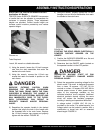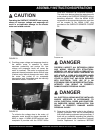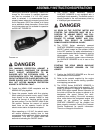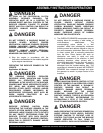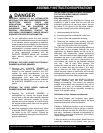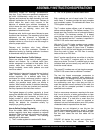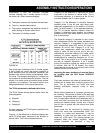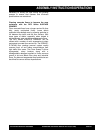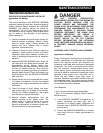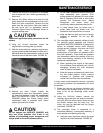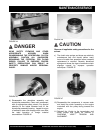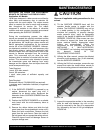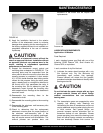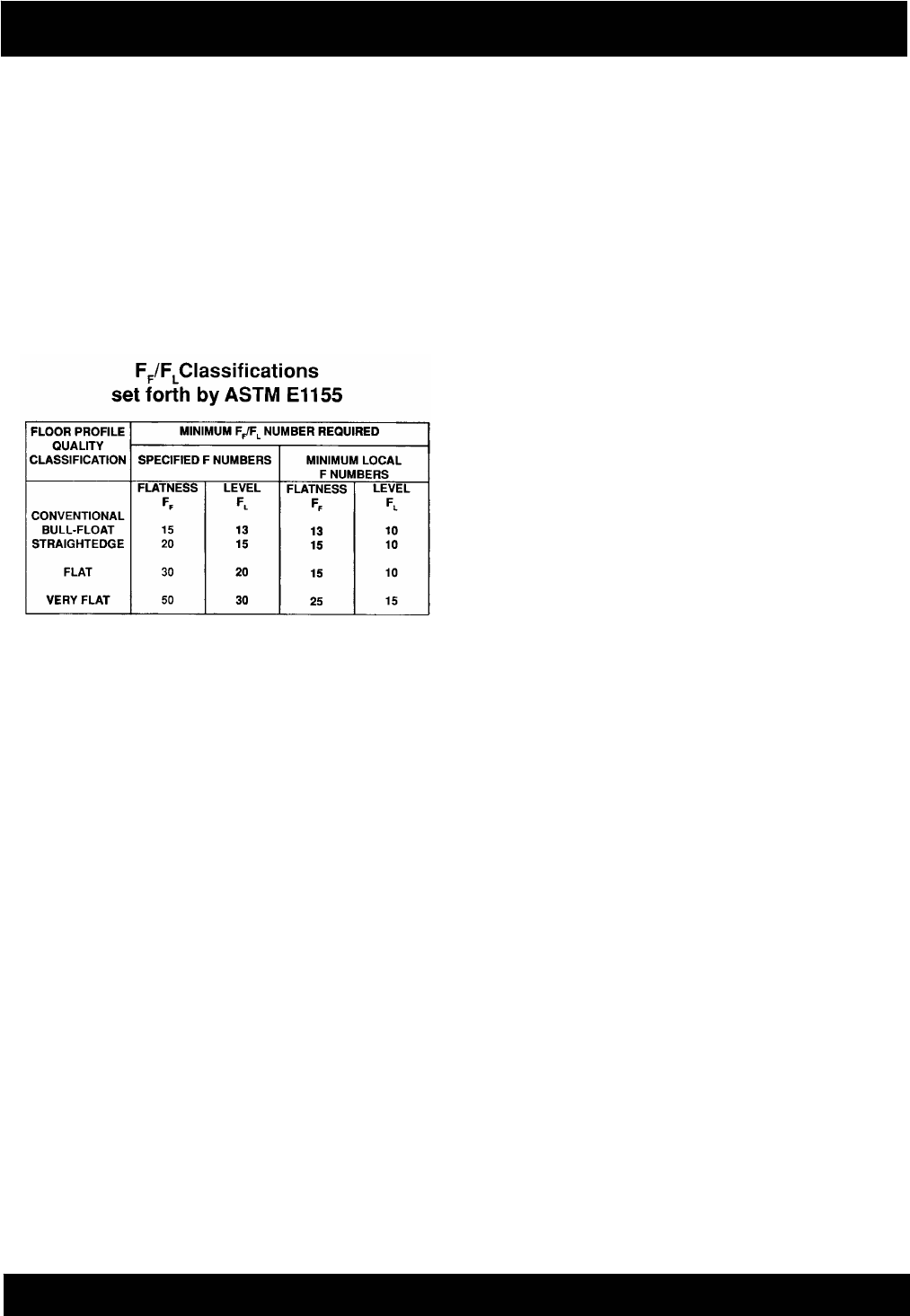
DFG-SERIES SURFACE GRINDERS OPERATION AND PARTS MANUAL REV #3 (07/13/06) PAGE 38
ASSEMBLY INSTRUCTIONS/OPERATIONS
classification is from the American Concrete
Institute. Although the F number system is only a
few years old, it offers these advantages:
a) The system controls both flatness and levelness.
b) There is a standard test method.
c) The system recognizes the statistical nature of
profile testing on random traffic floors.
d) The system is infinitely variable.
FIGURE 40
One of the major limitations of the F number system
is that it does not control the surface regularity at
joints. Because joints are statistical anomalies, the
standard test method forbids measurements within
24 inches. The designer specifying by F number has
two methods to accommodate the problem. The first
solution is to locate joints at locations where surface
regularity is not important. The second solution is to
design specifications for the joints themselves.
The TR 34 tolerances for defined traffic floors
The TR 34 System divides defined traffic floors into
three categories:
a) Superflat
b) Category 1
c) Category 2
For each category, the TR 34 System specifies limits
for three properties:
Property 1 is the difference in elevation between two
points 12 inches apart, measured in the direction of
vehicle traffic. This is the levelness tolerance.
Property 2 is the difference in slope over 24 inches
measured in the direction of vehicle traffic. This is
the flatness tolerance. It is identical as the 24 inch
curvature utilized in the F number system.
Property 3 is the difference in elevation between
opposite points in the left and right wheel path,
measured perpendicular to the direction of vehicle
traffic. As with Property 1, it is a levelness tolerance.
The TR 34 System specifies different values for
Property 3 depending upon whether the distance
between left and right wheel paths is more or less
than 5 nominal feet
The Superflat category is intended for very narrow
aisle warehouses where the highest standards are
required. Category 1 is suggested for very narrow
aisle warehouses where the vertical lift height is
between 26 and 43 feet. Category 2 is for very
narrow aisle warehouses where the vertical lift
height is under 26 feet and the use of low rise,
automatically controlled vehicles. No matter which
category of surface regularity is specified, it is
accomplished by measuring elevations on 12 inch
centers. This is very similar to an F number survey,
but with an important distinction. In an F number
survey, the elevation profiles are made on the floor
at random. With the TR 34 System, the survey
measurements are made on the actual paths of the
vehicles that will utilize the floor.
Improving the wear resistance of concrete floors
by grinding with the DFG Series SURFACE
GRINDER
Poor wear resistance can often be traced back to a
surface that is weaker than underlying levels of the
pour. This an occurrence can result from bad
finishing techniques, improper curing or early
freezing.
Where surface weakness is a problem, grinding can
be a solution. The process is similar to the early age
technique. The grinding depth is typically 1/16 to 1/8
inch. A large project should not be attempted until a
small test area has proven that the technique will
produce the desired results. Usually only a square
yard of floor is ground with the normal wear tests
performed.
Repair costs can be minimized by grinding only
those floor areas that accommodate traffic. For
example, in a pallet rack warehouse, it may be
necessary to grind only the aisle areas and not
under any of the racks. The grinding process can
adversely affect the surface regularity. Where
specific properties are important, it may be



